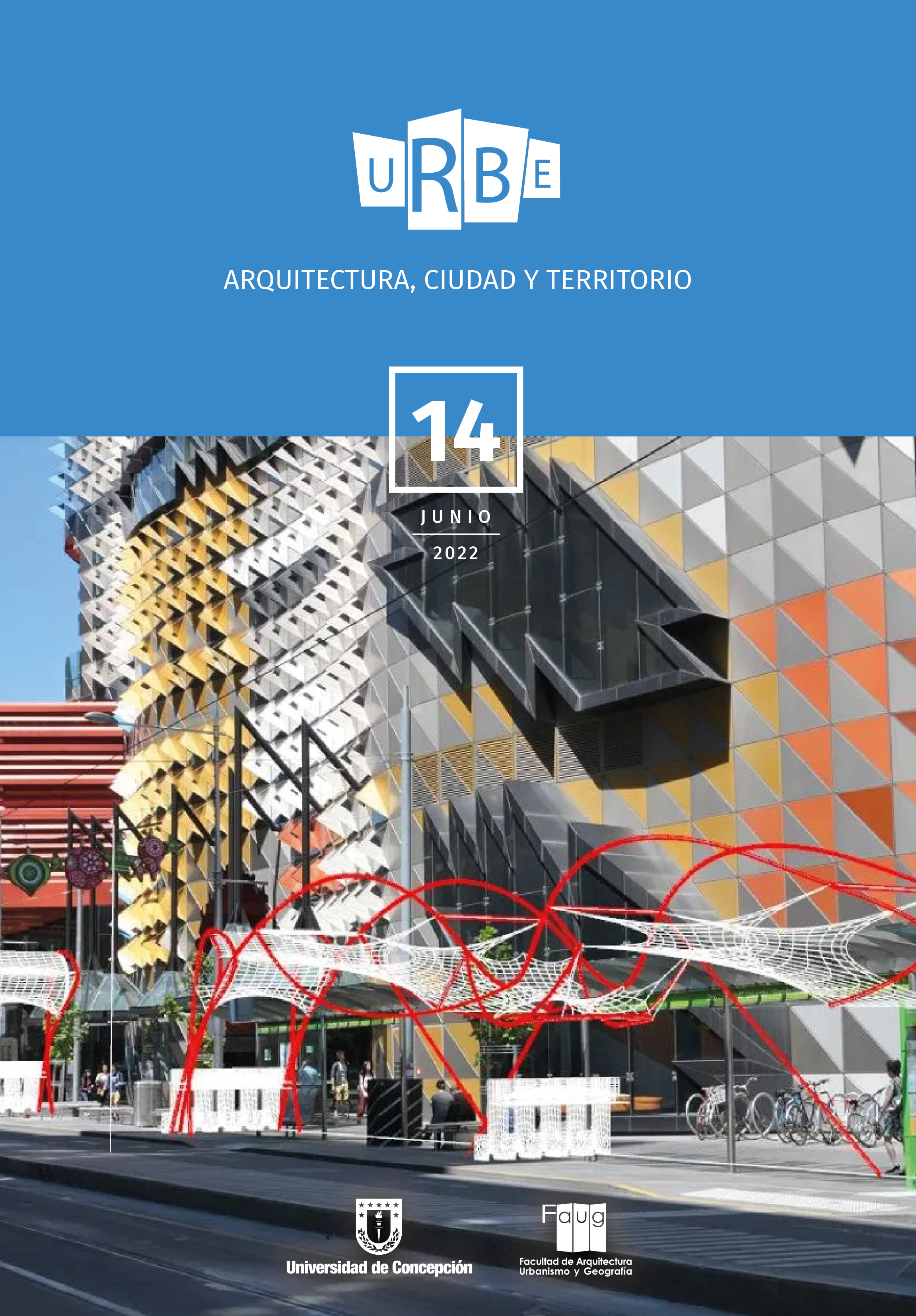Ad Astra pro terra: the future of sustainability is in outer space
DOI:
https://doi.org/10.29393/UR14-3AAGF10003Keywords:
Sustainibility , aerospace architecture , designAbstract
he purpose of this paper is to analyze the relationship between two apparently antagonistic cultural currents, on the one hand, technological optimism, meaning the confidence in the future exemplified in the space race, and on the other hand, the pessimistic questioning that the most criticised and radical aspect of the environmental movement has made of technological development. Both currents found expression in architectural design movements in force to this day, such as sustainable design and aerospace design. Subsequently, a comparison between sustainable design and aerospace design, using the available literature, is established. The results show that there is a rapprochement between the two, which is defined as a source of inspiration and development of new technological solutions that will be extremely useful to face the new challenges that climate change will impose on us. Finally, a call is made to architects who adhere to sustainability in their professional work to leave behind pessimism in the face of technology and that instead we must point to the future, to space as source of inspiration that may save our planet.
Downloads
References
Arnhof, M. (2016). Design of a Human Settlement on Mars Using In-situ Resources (ICES-2016-151). 46th International Conference on Environmental Systems (ICES), Vienna, Austria, 10-14 July. Lubbock Texas, USA: Texas Tech University.
Bannova, O., y Kristiansen, T. (2014). Technology Transfer: Current Trends in Incorporating New Technologies into Housing Industry. 65th International Astronautical Congress (IAC), Toronto, Ontario, Canada, 29 September - 3 October. Paris, France: International Astronautical Federation.
Bannova, O. (2021). Space Architecture: Human Habitats Beyond Planet Earth. DOM Publishers.
Bell, L. (2014). Brave New Worlds: Reaching Towards a New Era of Space Architecture. Architectural Design, 84(6), 118-121.
Burattini, C., Bisegna, F., Gugliermetti, F., y Marchetti, M. (2014). A new conceptual design approach for habitative space modules. Acta Astronautica, 97, 1-8, https://doi.org/10.1016/j.actaastro.2013.12.008
Caratelli, P. (2020). Space Architecture: The Rise of a New Discipline in Architecture and Design Curricula. En: T. Ahram., R. Taiar., S. Colson, y A. Choplin. (Eds) Human Interaction and Emerging Technologies. IHIET 2019. Advances in Intelligent Systems and Computing, 1018, 98-104, Springer, https://doi.org/10.1007/978-3-030-25629-6_16.
Christensen, C., Doom, T., y Smith, P. (2016). Emerging LEO Economy (AIAA 2016-5585). AIAA Space 2016 Conference & Exposition. Long Beach.
Cook, S. y Golton, B. (1994). Sustainable development: concepts and practice in the built environment–A UK perspective. Paper presentado en First Conference Sustainable Construction, Tampa.
Collins, M. (1999). Space Race: The US-USSR Competition to Reach the Moon. Pomegranate.
Doule, O. (2010). Space Architecture-Theory and Educational Strategy. Presentado en 40th International Conference on Environmental Systems (ICES), Barcelona.
Duerk, D. (2004). Curriculum for Aerospace Architecture with Emphasis on Lunar Base and Habitat Studies. Ames Research Center, National Aeronautics and Space Administration.
Estenssoro, J. (2007). Antecedentes para una historia del debate político en torno al medio ambiente: la primera socialización de la idea de crisis ambiental (1945-1972). Revista Universum, 22(2), 88-107.
Garzon, B. (2010). Arquitectura Sostenible; Bases, Soportes, y casos demostrativos. Nobuko.
Guy, S., y Farmer, G. (2001). Reinterpreting Sustainable Architecture: The Place of Technology. Journal of Architectural Education, 54(3), 140-148.
Hajer, M. (1995). The politics of environmental Discourse. Oxford University Press.
Nelson, M. (2018). Some Ecological and Human Lessons of Biosphere 2. European Journal of Ecology, 4(1), 50-55. https://doi.org/10.2478/eje-2018-0006.
Reynolds, M. (1993). Earthship: Evolution Beyond Economics. EUA: Solar Survival Architecture, 3.
Seedhouse, E. (2013). SpaceX: Making Commercial Spaceflight a Reality. Springer-Praxis.
World Commission on Environment and Development (WCED). (1987). Our Common Future. Oxford University Press.
Published
How to Cite
Issue
Section
Copyright (c) 2022 Gabriel Fernández Ibáñez

This work is licensed under a Creative Commons Attribution 4.0 International License.
Revista URBE. Arquitectura, Ciudad y Territorio tiene licencia de Creative Commons Attribution 4.0 International (CC BY 4.0) y debe citarse correctamente.









